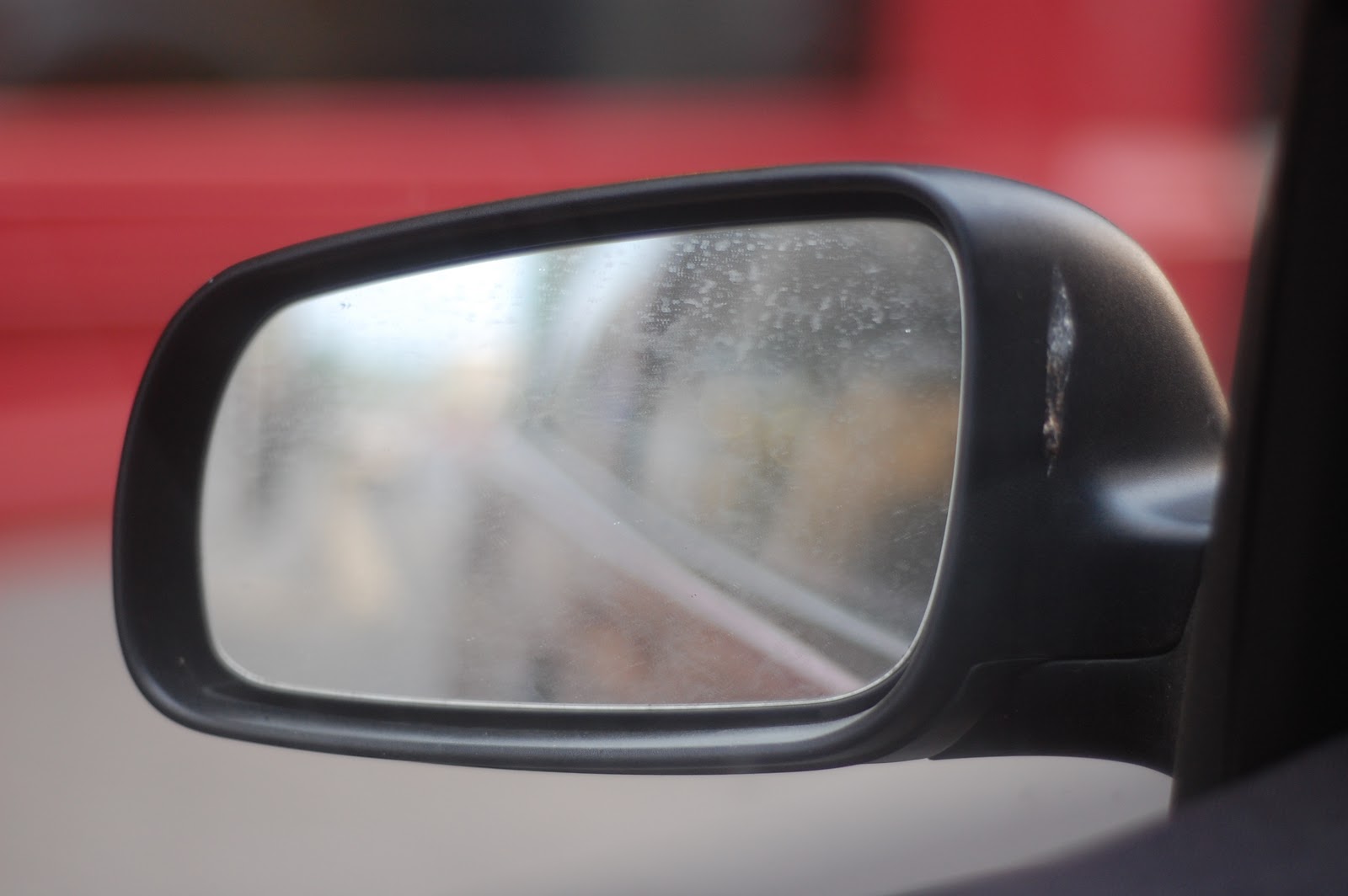Blind spot awareness is not something that you must be aware of when pulling out. Consider this situation: you are driving the posted speed limit with good distance between vehicles on a warm, clear day. You decide to move into the passing lane to overcome the car ahead of you. You check your mirrors, signal, and start to merge when you notice a car you didn’t see in the mirror travelling where you intended to go. That car was in your blind spot and failure to recognize him also caused an accident at speed.
It is imperative that new drivers not only know what blind spots are but understand how to deal with them in all driving situations.

What Is a Blind Spot?
Blind spots are areas that cannot be easily seen via a driver’s forward view or through the driver’s seeing aids (rearview mirror, side-view mirrors, rearview camera, etc.). This can be caused by the view being obstructed by the vehicle’s bodywork, headrests, passengers, or by the limitation in range between the driver’s natural forward view and the viewing angles of the mirrors. For example, it may be difficult to see a car that is immediately off your vehicle’s right rear bumper due to the side-view mirrors’ range of vision.
Regardless of if the vehicle is still or in motion, there will be blind spots that the driver must be aware of. There are no vehicles currently in existence that gives a driver of full 360 degrees view of the area around the vehicle.
Trusting your peripheral vision to monitor your side blind spots will not work. Peripheral vision works best to detect motion; it is more or less useless to detect what is already there or what is moving at the same speed you are.
Checking your Blind Spots when Pulling Off
Your blind spot when reversing will be immediately behind you. The best way to check blind spots when pulling off is to physically look backward. Before starting the vehicle, you should take the time to look around for any obstacles you may drive over or any small children that may be difficult to see in the rearview mirror if they are standing immediately behind the car. You should also take the time to adjust your mirrors to offer you the best view and remove any obstacles in the cabin that may be causing a blind spot, such as extended headrests.
When pulling off, you should be looking over your right shoulder. Placing your hand on the bottom of the steering wheel and moving your hand in the direction you wish to go will help those unfamiliar with driving in this position. Go slow and scan the area as you go. If in doubt, stop, get out of the car, and check the immediate area.
Assistive technology, such as rearview cameras and reverse-assist alarms, can help simplify pulling off. Camera Source sells quality aftermarket backup cameras for cars, trucks, RVs, fleet vehicles, and tractors. Backup cameras make your vehicle safer and make it easier to backup. Rearview cameras, however, are not foolproof; you will still need to look over your shoulders and glance over your cameras to ensure you are properly informed.
(Courtesy: Flickr)
Checking your Blind Spots while Driving
When driving, your blind spots will be on either side of you, immediately behind the vehicle’s door columns. You cannot actually turn your head to look at them, as doing so would mean taking your eyes off the road. The way to handle blind spots in this situation is to regularly monitor your mirrors for updates of the traffic situation behind you. Only when you are prepared to make a lane change should you actually make a quick glance – making sure you are holding the steering wheel steady – to see if the blind spot is clear, followed by a view in the mirror to see that nothing is approaching. Turn on your turn signal to indicate the lane change and make one more quick look before committing to the lane change. Ask your passengers to help to check the blind spots if available and avoid putting objects in your windows that could obscure the view.
You should also check your blind spots when traffic is merging or when entering a motorway or dual carriageway.
Most importantly, you should be aware of the fact that there are likely drivers on the road that are not checking their blind spots. Do not linger in other drivers’ blind spots and give drivers enough headway to maneuver – even if they are not in your lane, but in the lane adjacent to yours.
Do not over-rely on blind spot detection systems. You will still need to visibly check your blind spots in order to be sure you will not be sideswiping an unexpecting driver.
Conclusion
Safe driving is just the establishment of good habits. Remembering to check your blind spots is one habit that drivers should learn early. Not only would this make the driver that much safer, but learning these habits early will force them into the driver’s regular routine. An aware driver is a smart driver, and the roads will be that much safer if more drivers drive smart.









